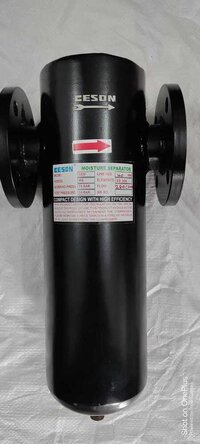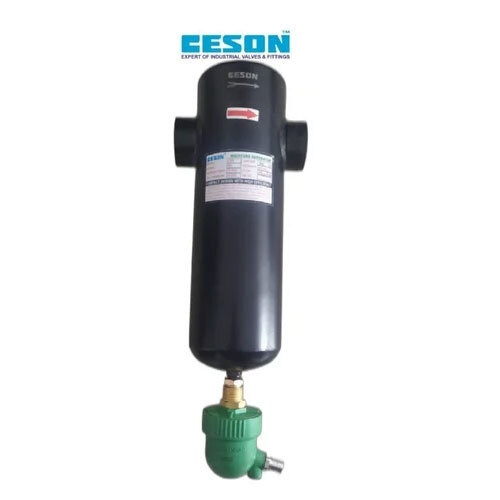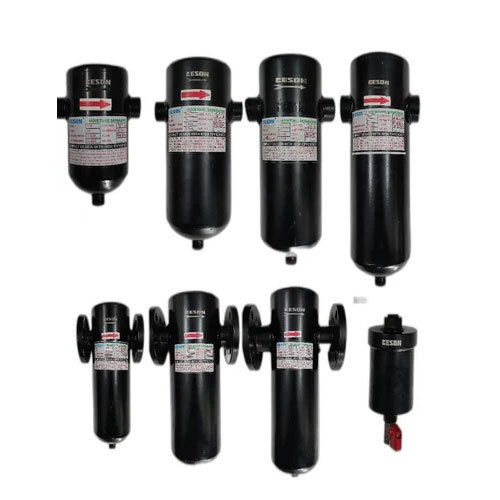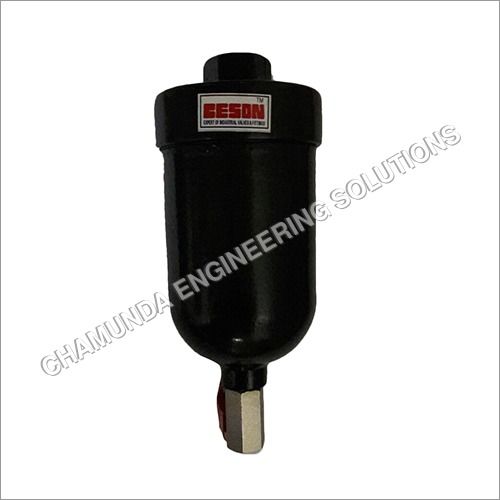- Home Page
- Company Profile
-
Our Products
- Moisture Separator
- Flanged Moisture Separator
- Threaded Moisture Separator
- Lip Drain Bowl Moisture Separator
- Combo Moisture Separator
- Compressed Air Moisture Separator
- Compressor Moisture Separator
- Combo Moisture Separator
- Air Moisture Separator
- Moisture Separator Flanged
- Air Moisture Separators
- Ss Moisture Separator
- Aluminum Moisture Separator
- Combo Moisture Separators
- Moisture Separator Filter
- Combo Moisture Separator
- Camlock Coupling
- C Type Camlock Coupling 1/2"
- Type C Camlock Coupling
- SS Cam Lock Fitting
- F Type Camlock Coupling
- DP Type Camlock Coupling
- Ss304 Stainless Steel Camlock Coupling
- B Type Camlock Coupling
- DC Type Camlock Coupling
- Petro Equipment Aluminum Camlock Coupling
- E Type Camlock Coupling
- SS 304 CAMLOCK COUPLING
- Stainless Steel Camlock Coupling
- TYPE A Camlock Coupling
- D Type Camlock Coupling
- Stainless Steel 304 Camlock Coupling
- Hydraulic Quick Release Coupling
- SS Camlock Couplings
- Stainless Steel 304 Camlock Coupling
- 80MM Aluminium Camlock Coupling
- CAMLOCK COUPLING
- Stainless Steel Type C Camlock Coupling Size 2 inch For Hydraulic Pipe
- Knife Edge Gate Valve
- Manual Operated Knife Edge Gate Valve
- Knife Edge Gate Valve With Pneumatic Operated
- Knife Edge Gate Valve With SS Cladding
- Industrial Knife Edge Gate Valve
- Knife Edge Valve For Chain Operated
- IC Knife Edge Gate Valve
- Knife Edge Gate Valve
- Bi Directional Knife Edge Gate Valve
- Pneumatic Cylinder Knife Edge Gate Valve
- Cylinder Operated Knife Edge Gate Valve
- Ss Knife Edge Gate Valve
- Pulp Valve
- Auto Drain Valve
- DIGITAL Auto Drain Valve
- Steel Auto Drain Valve
- Mechanical Auto Drain Valve
- HIGH PRESSURE Auto Drain Valves Manufacturer In Gandhinagar
- Brass Auto Drain Valve
- Auto Drain Valve Manufacturer Gujarat
- Digital Auto Drain Valve
- Auto Drain Valves Manufacturer In Bharatpur
- Auto Drain Valve With Timer
- Auto Drain Valves Manufacturer In Ahmedabad
- Auto Drain Valves
- Auto Drain Valves Manufacturer In Jaipur
- Roto Seal Coupling
- Quick Release Coupling
- High Presure Quick Release Coupling
- HIGH PRESSURE QUICK RELEASE COUPLING 1000 BAR
- Hydraulic Quick Release Coupling
- Industrial Quick Release Coupling
- Quick Release Coupling
- Hydraulic Quick Release Coupling
- High Pressure Quick Release Couplings
- SS Hydraulic Quick Release Coupling
- 6000 Psi Quick Release Coupling
- Aluminium Camlock Coupling Type C
- Aluminium Camlock Couplings Manufacturers
- Aluminum Camlock Couplings - Water & Fuels
- Brass Quick Release Coupling For Heating Furnace
- Brass Quick Release Coupling
- Camlock Coupling Manufacturers In Mumbai KOLKATA
- Camlock Couplings Manufacturer In Amrawati
- Camlock Couplings Manufacturer In Bhilwara
- Camlock Couplings Manufacturer In Bikaner
- Camlock Couplings Manufacturer In Gandhinagar
- Camlock Couplings Manufacturer In Jaipur
- Camlock Couplings Manufacturer In Jodhpur
- Camlock Couplings Manufacturer In Mehsana
- Camlock Couplings Manufacturer In Porbandar
- Camlock Couplings Manufacturer In Surat
- Camlock Couplings Manufacturer In Thane
- Camlock Couplings Manufacturer In Udaipur
- Camlock Couplings Manufacturer In Vapi
- Camlock Fitting Manufacturer
- Carbon Steel Male Quick Release Couplings, For Hydraulic Pipe, For Structure Pipe
- HIGH PRESSURE QUICK RELEASE COUPLING 1000 BAR
- High Pressure Quick Release Couplings
- High Presure Quick Release Coupling
- Hydraulic Quick Release Coupling (2)
- Hydraulic Quick Release Coupling
- Industrial Camlock COUPLING
- Mold Quick Release Coupling, For Structure Pipe,
- Pneumatic HYDRAULIC Quick Release Coupler
- Pneumatic Quick Release Coupler
- Quick Release Connector
- Quick Release Coupling For Water
- Quick Release Coupling Manufacturer In Rajkot
- Quick Release Coupling Qrc Coupling
- Quick Release Coupling
- Roto Seal Coupling Manufacturer Gujarat
- Roto Seal Coupling Manufacturer In Ahmedabad
- Roto Seal Coupling Manufacturer In Delhi
- Roto Seal Coupling Manufacturer In Surat
- Single Check Quick Release Coupling Manufacturers
- Single Check Valve Quick Release Coupling
- SS Camlock Coupling
- SS Hydraulic Quick Release Coupling
- Stainless Steel Qrc
- Stainless Steel Silver Aluminum Camlock Coupling For Petrol Tank, Size 3 inch
- Stainless Steel Through Out Qrc , Male x Male, For Industrial, Size 14
- Gauge Cock
- Brass Ball Valve
- Needle Valve
- Air Compressor Filter
- Industrial Valve
- Oil Removal Filter
- SS Needle Valve
- Knife Edge Gate Valve With Double Acting Cylinder
- Knife Gate Valves
- Air Moisture Separator
- Auto Drain Valve
- SS Camlock Coupling
- Aluminum Butterfly Valve
- Pneumatic Actuator Ball Valve
- CI Wafer Type Check Valve
- Cast Iron Pulp Valve
- Motorized auto drain valve Automatic Control Valves
- Moisture Separator With Auto Drain Valve
- Ball Valve
- Butterfly Handle Brass Ball Valve
- Brass Mini Ball Valves
- IC Ball Valve
- SS Single Piece Ball Valve
- Brass RO Ball Mini Valves
- Brass Mini Ball Valve MALE TO MALE
- Brass Ball Valve
- Chrome Plated Mini Ball Valve
- High Pressure Industrial Ball Valves
- Flush Bottom Ball Valve
- Ball Valve With Pneumatic Actuator
- Medium Duty Brass Ball Valve (1/2 Inch)
- Stainless Steel SS Bar Stock Ball Valve, Flange, Thread
- Brass Gas And Ball Valve
- Air Compressor Auto Drain Valve
- Hydraulic Quick Coupler
- Aluminum Roto Seal Coupling
- Air Pre Filter
- SS Siphon Pipe
- Bimetallic Temperature Gauge
- Water And Oil Filter
- Cam Lock Coupling
- 80 Mm Dia Aluminium Camlock Coupling
- Aluminium Camlock Coupling
- Aluminum Camlock Coupling For Petrol Tank
- Camlock Couplings Manufacturer In Ahmedabad
- Camlock Couplings Manufacturer In Aurangabad
- Camlock Couplings Manufacturer In Bharatpur
- Camlock Couplings Manufacturer In Bhavnagar
- Camlock Couplings Manufacturer In Kolhapur
- Camlock Couplings Manufacturer In Kota
- Camlock Couplings Manufacturer In Mumbai
- Camlock Couplings Manufacturer In Nadiad
- Camlock Couplings Manufacturer In Nagpur
- Camlock Couplings Manufacturer In Palanpur
- Camlock Couplings Manufacturer In Pune
- Camlock Couplings Manufacturer In Vadodara
- Hydraulic CAMLOCK COUPLING
- Petro Equipment Aluminum Camlock Coupling
- Quick Release Coupling Manufacturer In Surat
- Quick Release Coupling Manufacturer In Vadodara
- Quick Release Coupling Single Check
- SS 304 SINGLE CHECK QUICK RELEASE COUPLING
- SS Camlock Couplings
- Ss304 Stainless Steel Camlock Coupling
- SS316 Camlock Coupling
- Stainless Steel 304 Camlock Coupling (2)
- Stainless Steel 304 Camlock Coupling
- Stainless Steel Camlock Coupling
- Stainless Steel Quick Coupling Manufacturers In Mumbai
- Stainless Steel Silver Aluminum Camlock Coupling For Petrol Tank,
- Type C Camlock Coupling
- Type D - Stainless Steel Camlock
- Moisture Separator
- Contact Us
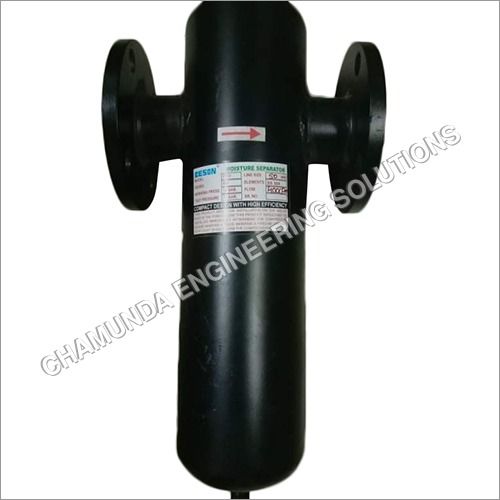
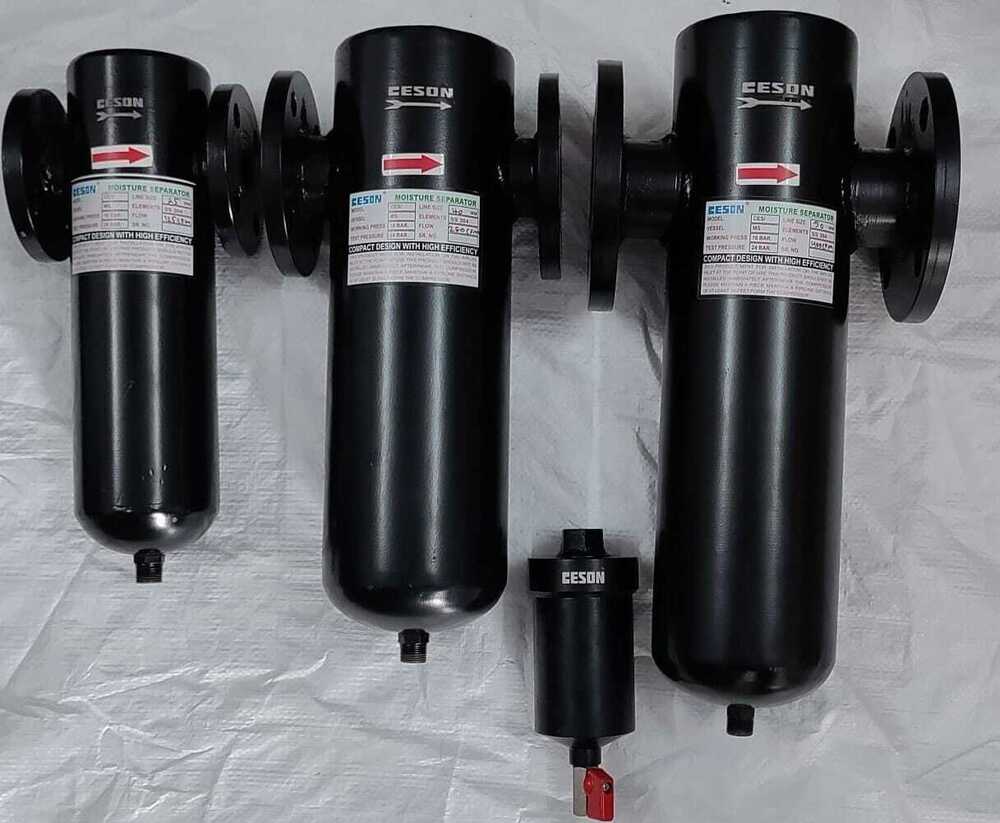
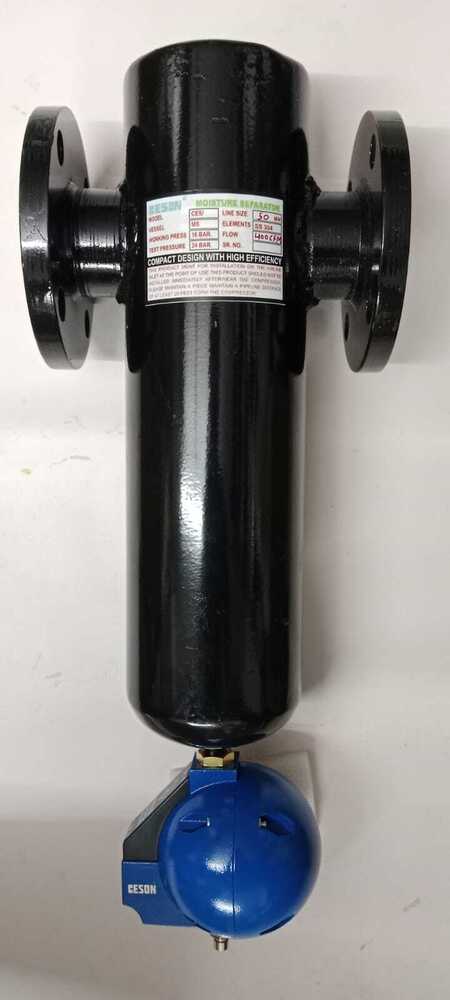
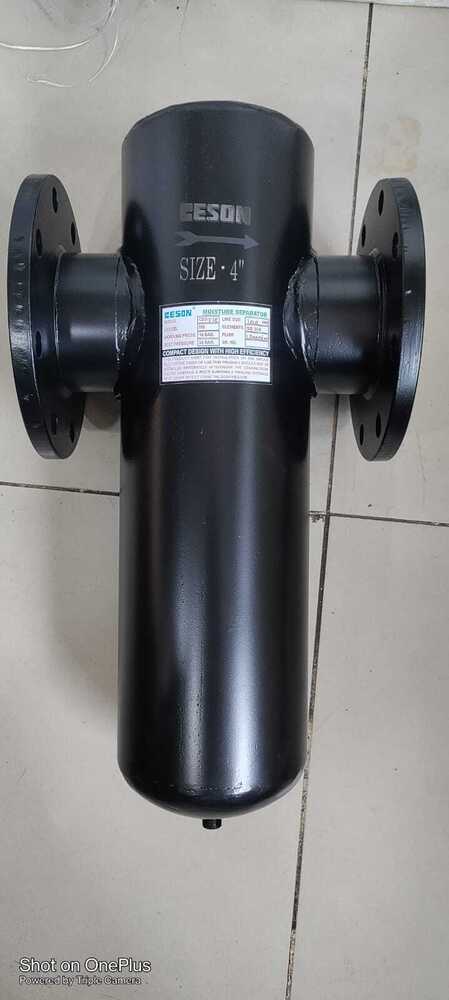
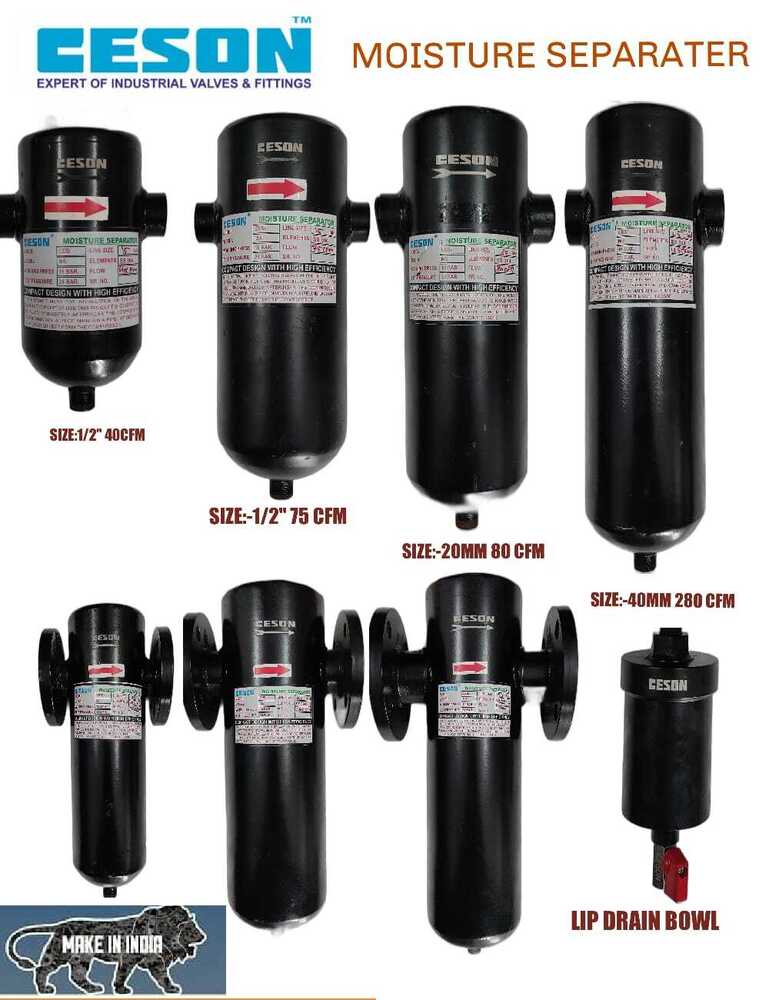

Flanged Moisture Separator
2600 INR/Piece
Product Details:
- Usage Industrial
- Condition New
- Size 1"
- Material Mild steel, Stainless steel, Aluminium
- Product Type Flanged Moisture Separator
- Voltage 100 Volt (v)
- Weight 1.5 Kilograms (kg)
- Click to View more
X
Flanged Moisture Separator Price And Quantity
- 10 Number
- 2600 INR/Piece
Flanged Moisture Separator Product Specifications
- Lubricated
- Flanged Moisture Separator
- 24 Bar
- 100 Volt (v)
- New
- Mild steel, Stainless steel, Aluminium
- BLACK
- 1"
- 10 Kilogram(Kg)
- Industrial
- 1.5 Kilograms (kg)
- 1 YEAR
Flanged Moisture Separator Trade Information
- Cash in Advance (CID)
- 10 Number Per Day
- Days
- Yes
- Contact us for information regarding our sample policy
- BOX PACKING
- All India
Product Description
An air moisture separator, also known as an air-water separator or moisture separator, is a device used to remove moisture or water droplets from compressed air or gas streams. It is commonly used in various industrial applications, such as compressed air systems, pneumatic tools, gas pipelines, and steam systems. The main components of an air moisture separator typically include: Inlet: This is the opening through which the moist air or gas enters the separator. Baffle or Vane System: The baffle or vane system is designed to change the direction of the airflow, causing the moisture droplets to separate from the air. The design may involve baffles, vanes, or other mechanisms that induce changes in the airflow pattern. Moisture Collection Chamber: This chamber is where the separated moisture collects. It is designed to allow the moisture droplets to settle down due to gravity, making it easier to drain or remove the accumulated water. Drain Valve: The moisture separator includes a drain valve to remove the collected water periodically. This valve can be manual or automatic, depending on the design and application. Outlet: The treated air or gas exits the moisture separator through the outlet, which is typically located above the moisture collection chamber to prevent any residual moisture from being carried over. Housing: The entire assembly is enclosed within a housing, which provides structural support and may incorporate additional features such as filters or pressure gauges. It's worth noting that the specific design and features of an air moisture separator can vary depending on the application, flow rate, operating pressure, and the level of moisture removal required. Different industries and processes may have specific requirements, so moisture separators come in various sizes and configurations to accommodate these needsEfficient Moisture Removal for Industrial Air Systems
This moisture separator is engineered to extract unwanted moisture from compressed air, protecting downstream equipment and improving air quality. Its high durability and versatile material choices ensure reliable performance under high-pressure conditions. Suitable for various industrial applications, it is available in multiple configurations to meet different installation needs.
Durable Construction for Demanding Applications
Manufactured using mild steel, stainless steel, or aluminium, this separator offers excellent resistance to corrosion and wear. Its black finish and sturdy flanged design are tailored for industrial environments, while lubrication enhances its service life. The lightweight design and standardized 1" size make it easy to integrate into existing systems.
FAQ's of Flanged Moisture Separator:
Q: How does the flanged moisture separator function in an industrial setting?
A: The separator removes moisture from compressed air passing through the system, using centrifugal or filter-based mechanisms to separate liquid water from the air stream. This helps prevent damage and inefficiency in air-powered machines.Q: What is the recommended process for installing the separator?
A: Install the separator on your main air line at a point prone to moisture accumulation. Ensure connections match the 1" flange, secure the unit properly, and check compatibility with your system's 24-bar maximum working pressure and 100 Volt supply.Q: When should I service or replace the moisture separator?
A: Regular inspection is recommended according to your equipment's service interval, generally once every 6-12 months. Monitor for reduced efficiency or increased moisture in downstream air as indicators for maintenance or replacement.Q: Where can this moisture separator be used?
A: This model is suitable for a wide range of industrial environments, such as manufacturing plants, workshops, and processing facilities throughout India. It integrates easily with any system operating at up to 24 bar pressure.Q: What are the benefits of using a lubricated moisture separator made from mild steel, stainless steel, or aluminium?
A: Lubricated units reduce internal wear, extending lifespan. Durable materials like mild steel, stainless steel, and aluminium enhance resistance to corrosion, making them suitable for demanding and varying industrial applications.Q: How is the voltage specification relevant to its operation?
A: The 100 Volt specification ensures that any integrated electrical components, such as drain valves or indicators, function reliably and safely within typical industrial electrical setups.Q: What warranty support is available for this moisture separator?
A: Every unit comes with a 1-year warranty, covering manufacturing defects and certain performance-related issues, providing peace of mind and dependable after-sales support.Tell us about your requirement

Price:
Quantity
Select Unit
- 50
- 100
- 200
- 250
- 500
- 1000+
Additional detail
Mobile number
Email






